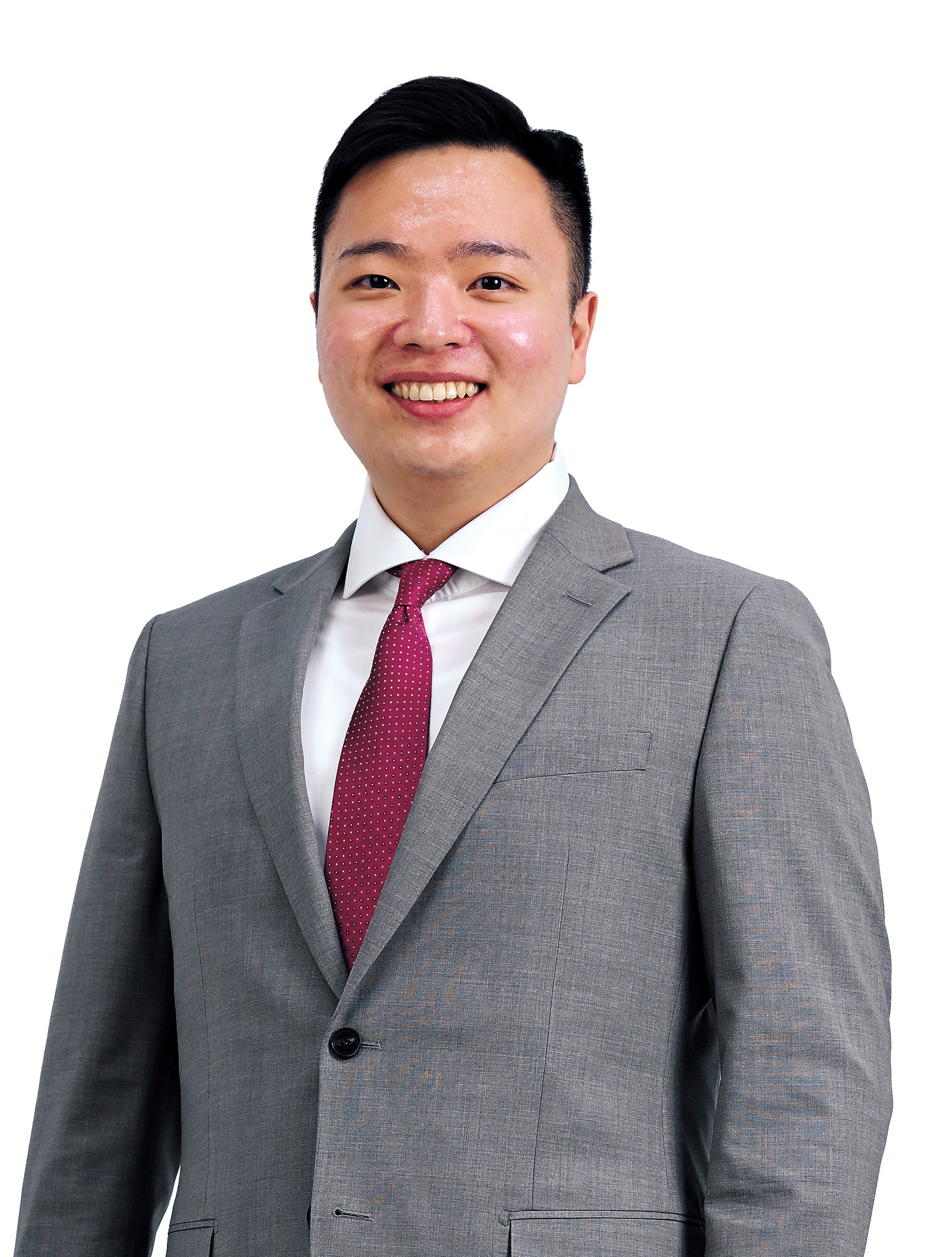[Weekender] Pet food makers bet big on ‘recession-free’ pet food market
With 1 in 5 households raising pets, Korea’s pet food market is expected to triple by 2027
By Hwang Joo-youngPublished : May 11, 2024 - 16:01

Kwon, an office worker in her 30s residing in Seoul raises a small white Maltese called Seolgi.
She says that she is increasingly feeling the pinch from prolonged inflation that has also hit the prices of her dog's food. A 20-kilogram bag of dog food, equivalent to about a month's worth of food for Seolgi, was priced at 38,000 won ($28) last year, but now the price has reached more than 44,000 won.
However, Kwon said she has no intention of reducing her spending on her beloved companion.
“I want to ensure that my dog is well-fed and healthy throughout her life,” she said. “The rising cost of pet food does make me consider switching to a cheaper option, but I always hesitate to make the switch.”
According to KB Financial Group’s Korean Pet Report 2023, there are about 11.5 million pet owners in Korea, about 20 percent of the nation’s total population. Amid a surge in pet ownership, which jumped during the COVID-19 pandemic, the market for pet products, including food and health care, is also soaring here.
Over 44 percent of pet owners surveyed in the report said they adopted their pets during or after the pandemic. Among their pet-related expenditure, food products, including food and treats, accounted for more than 50 percent, averaging 154,000 won per month, a 14,000 won increase on-year.
During the same period, the market for pet food has also surged. According to the Korea Agro-Fisheries & Food Trade Corp., pet food sales reached 1.1 trillion won in 2023, a jump of almost 20 percent from 2020. Sales are expected to triple to 3.6 trillion won by 2027.
"The perception of pets substituting the roles traditionally held by children or spouses is on the rise," said Lee Young-ae, a consumer science professor at Incheon University. "The amount spent on pets remains considerably lower than expenditure on children or partners. That means the pet market has yet to reach its full potential.”

To capitalize on the demand for quality pet food, pet food makers are also increasingly entering the market.
Dongwon F&B, a local food company known for its canned tuna products, made its foray into the pet food market in 2014. Currently, it also operates an online shopping mall, Nutri Plan, solely dedicated to selling pet food products.
Harim Pet Food, a subsidiary of Harim, the nation’s top poultry firm, turned a profit in 2021 after its establishment in 2017. Last year, the company reported 45.7 billion won in sales and 1.8 billion won in operating profits.
Other food companies, mostly known for producing health and organic foods for humans such as the Korea Ginseng Corp., are also expanding their product lineup to include pet health food products.
More recently, pet food makers are also feeling the pressure to raise their prices amid worsening inflation across key consumer products, often referred to as “petflation.”
According to Statistics Korea, the consumer price index surged 3.6 percent last year. During the same period, the indices for pet supplies and pet care expenses showed growth of 8 percent and 4.5 percent, respectively.
But companies say they see a limited impact from price hikes, citing greater market potential.
"Pet owners are increasingly of the mindset that, 'Even if I eat instant noodles for my meals, I should provide my dogs and cats with quality food,'" said an official from a local pet food company, who wished to remain anonymous.
"Furthermore, they've been reluctant to switch pet food due to worries about potential allergies and their pets' preferences, a phenomenon often referred to as the 'lock-in effect.'"
"As the costs associated with enhancing product quality escalate, price increases become inevitable," the official added.
Another industry official noted that the trend toward choosing premium pet foods may reflect the increasing awareness of pet culture in society.
"Now with 1 out of every 4 households having a pet, it is unlikely for the market itself to see explosive growth. But we see a bigger potential in the higher-priced premium market.”





![[Herald Interview] How Gopizza got big in India](http://res.heraldm.com/phpwas/restmb_idxmake.php?idx=644&simg=/content/image/2024/11/20/20241120050057_0.jpg&u=20241120164556)

![[KH Explains] Dissecting Hyundai Motor's lobbying in US](http://res.heraldm.com/phpwas/restmb_idxmake.php?idx=644&simg=/content/image/2024/11/20/20241120050034_0.jpg&u=)

![[Kim Seong-kon] Farewell to the vanishing John Wayne era](http://res.heraldm.com/phpwas/restmb_idxmake.php?idx=644&simg=/content/image/2024/11/19/20241119050096_0.jpg&u=)
![[Graphic News] 70% of S. Koreans believe couples can live together without tying the knot: survey](http://res.heraldm.com/phpwas/restmb_idxmake.php?idx=644&simg=/content/image/2024/11/19/20241119050098_0.gif&u=)







![[Today’s K-pop] Blackpink’s Jennie, Lisa invited to Coachella as solo acts](http://res.heraldm.com/phpwas/restmb_idxmake.php?idx=642&simg=/content/image/2024/11/21/20241121050099_0.jpg&u=20241121172748)